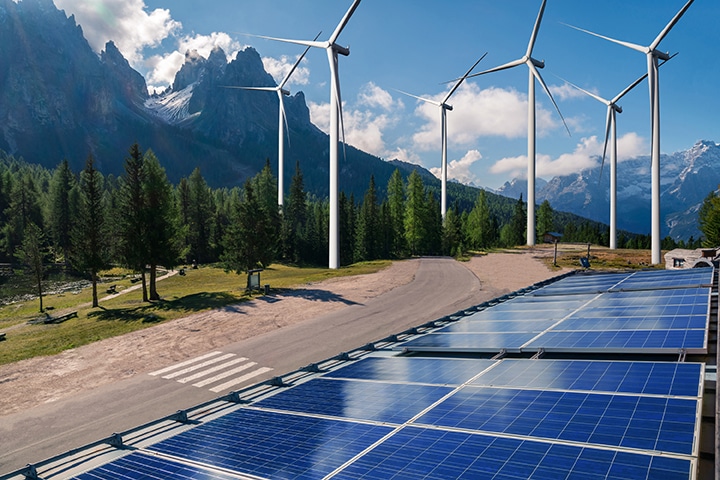The paper “System-friendly green hydrogen” will be presented at the FSR Sustainability Conference on “Greening Infrastructures” (22 June 2022).
Abstract
Electrolytic hydrogen complements renewable electricity generation in many net-zero energy scenarios. In these long-term scenarios, the climate benefit and “greenness” of such hydrogen is usually taken for granted. However, in current energy systems with remaining fossil generation, the ramp-up of electrolyzer capacity for hydrogen production may cause additional emissions. To address this concern, recently proposed EU regulation sets out strict requirements for electrolytic hydrogen to qualify as green: electrolyzers must run on electricity generation from additional renewable generators, which is produced in a temporally and geographically congruent manner.
This paper argues in favor of a more flexible, system-friendly definition of green hydrogen, which keeps the additionality criterion but allows for temporal optimization on a market basis. Our model-based economic and environmental assessment complements previous qualitative analyses by the Florence School of Regulation questioning the necessity of temporal congruency for reaching the EU renewable energy targets (Pototschnig, 2022: “Renewable hydrogen and the “additionality” requirement: why making it more complex than is needed?” FSR Policy Brief).
We model optimized investment and hourly dispatch for hydrogen electrolysis, while also optimizing the size of the required additional wind generation capacity. We contrast two scenarios: one in which the electrolyzer can use the additional wind generation only during the hour when it is produced and one in which the additionality restriction is enforced only on a yearly basis. The second scenario means that the investor can sell wind generation to the power market at high prices and buy back electricity at another time when prices are lower to optimize the levelized cost of hydrogen (LCOH). However, the total annual power generation of the electrolyzer cannot surpass the total annual additional wind power generation. To assess the environmental consequences of relaxing the temporal congruence criterion, we use national marginal power system emission factors using an open-source model developed by Fleschutz et al. (2021: “The effect of price-based demand response on carbon emissions in European electricity markets: The importance of adequate carbon prices” Applied Energy).
Preliminary results suggest that, as expected, relaxing the temporal congruence criterion reduces the LCOH—by 5.5% through 2017-2020 and by 10% for the ongoing year 2021. Furthermore, our preliminary results for 2017-2020 support the concern that relaxing the temporal congruence criterion leads to additional emissions in the electricity system. This means that additional wind generation sold to the market causes a smaller reduction in system emissions than the increase in emissions due to the buying back of electricity for running the electrolyzer. In 2021, however, allowing the electrolyzer to optimize its operation based on wholesale prices becomes environmentally beneficial. We explain this turnaround by the recent price increase in the EU ETS and conclude that, with continuing high carbon prices, relaxing the temporal congruence criterion will be economically and ecologically beneficial.







